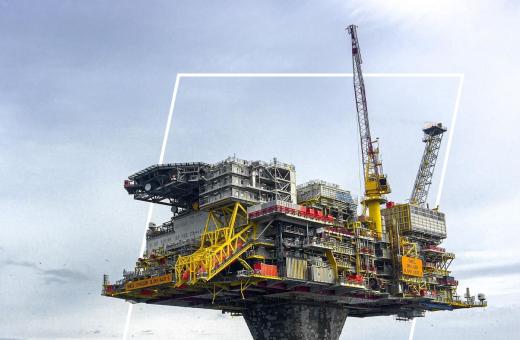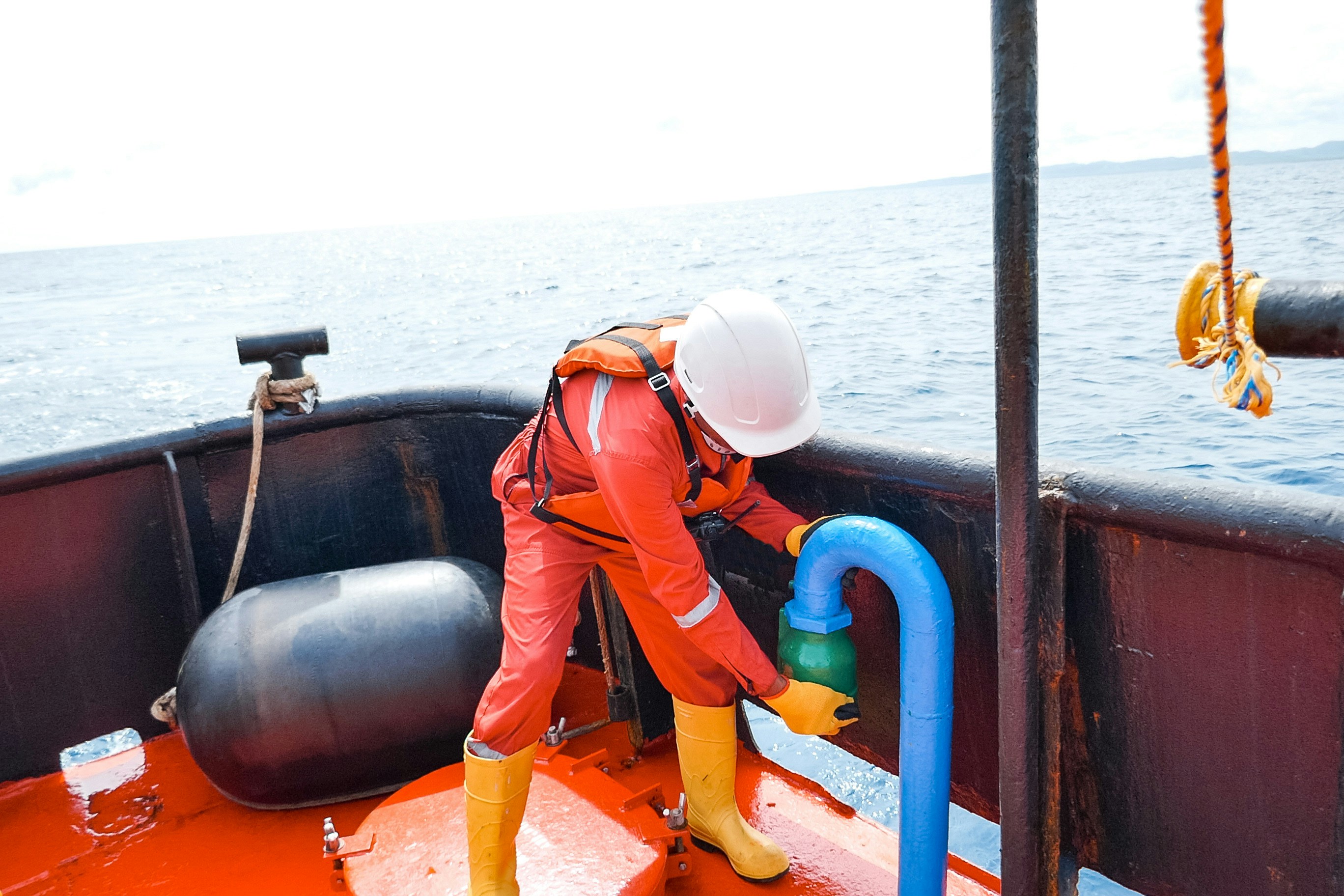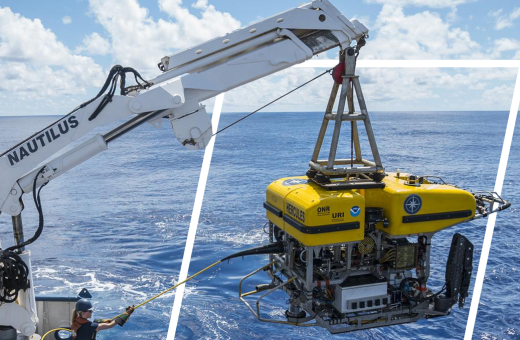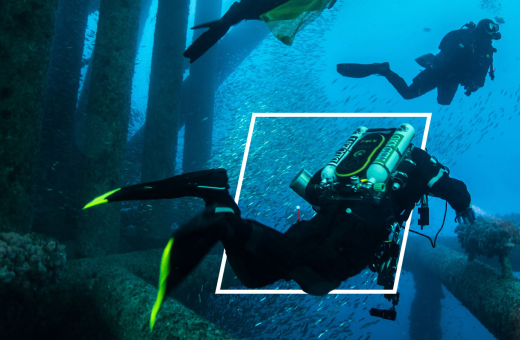How Subsea Technologies Are Driving the Industry’s Growth
10 Mar, 202210 minutes
One of the earliest plans for a submarine was drafted in 1578, long before cars or trains were invented (Source: History). Although it was another 40 years before a functional prototype was formed, engineers and inventors alike were determined to create the technology that allowed explorers to conquer the ocean.
For years, mankind has been speculating about the unexplored depths of the waves, and thousands of conspiracy theories are still active today regarding the existence of dinosaurs. Every time we think we’ve found it all, we stumble upon something new – and it’s all thanks to the exploration technologies that make subsea investigations possible.
(Source: American Geoscience Institute)
Technological Advancements in the Subsea Industry
Today, the subsea sector encapsulates a thriving technological economy that covers oceanography, marine engineering, submarine communications, under-floor cables, resource mining, survey, inspection, and offshore wind power.
Example 1: Remotely Operated Vehicles
Each involves a complex setup and preparation process that often requires Remotely Operated Vehicles (invented in 1953 by Dimitri Rebikoff) to allow safety teams to ensure the security of their crew. In 2022, vehicle inspection agency HPR ROV reported a £100,000 investment in fleet supplementation, capitalising on “the changing opportunities and plans to invest in ROV [technology]” in the coming months. (Source: Global Underwater Hub). Their maintenance services will keep oceanography vessels on the move, growing subsea capabilities in diving, renewables, survey, and inspection.
Example 2: Free-Space Optics
Communications take place via three main types of wireless communication technologies: free-space optics, acoustic, and the more traditional radio.
Free-space optics revolutionized light-speed communication in the 1960s and “continues to occupy a central position in the ongoing development of next-generation computer networking and telecommunication systems” under the waves (Source: Spie). In RF crowded environments, free-space optics improves:
- Audio Quality
- Reliability
- Adaptive Network Design
- Communication Rates
- Latency Feedback
This further enhances emergency communications in the event of risky undertakings like mining and is a technology still being improved on today. As of 2021, the market was predicted to reach $2 billion in value, ensuring the growth of the subsea industry through continuous innovation (Source: GlobeNewswire).
(Source: PR Newswire)
Example 3: Autonomous Underwater Vehicles
Similarly, Autonomous Underwater Vehicles (invented in 1957) can explore dangerous situations unmanned, protecting subsea naval ships and their crew. They have further applications across marine geoscience and are increasingly being used in the “scientific, military, commercial, and political sectors” (Source: Science Direct). Software advancements will enhance driver experience, and provide higher resolution mapping and imaging data from deep water missions. Since the 2000s, chemical sensors have been developed to detect active methane venting as well as monitor carbon dioxide levels from subsurface CCS reservoirs (Source: Marine Geology).
(Source: DSP Comm)
The Influence of Subsea Sectors on the World
Without new subsea technologies, offshore projects would stall – having global consequences on residential and commercial facilities that rely on oil and gas. The manufacturing industry would be thrown into disarray, and the prices of basic materials would surge.
Example 4: Wind Farm Installations
Subsea technologies make greener energy solutions like offshore wind farm installations possible. This revives energy companies that are struggling to source oil and gas deposits. Already, global giants like E.On, Global Infrastructure Partners and RWE have pledged billions of pounds worth of investment into the UK’s East Coast (Source: The Guardian).
Qualified subsea talent can transfer from oil and gas mining to wind turbine installment, where many skills (such as crane operation) are easily transferable. Without recent technological advancements for mass scale green electricity production, the subsea industry could be facing devastation and millions of lost jobs.
Technology’s Impact on the Growth of the Subsea Industry
The subsea production and processing market growth are predicted to accelerate from a CAGR of 2% to 6% in the coming years, driven by technological advancements that increase production and processing efficiency. As R&D continues, more competitors are due to join the market, especially in the case of offshore wind farms – where current player Ofstead saw a 43% increase in annual revenue in Q3 of 2021 (Source: Offshore Wind).
(Source: Business Wire)
Example 5: Subsea Power Systems
Worldwide, subsea technology has been developed to withstand higher water pressure, and, in 2019, industrial technology manufacturer ABB completed the final testing of an autonomous subsea power system that can deliver 100MW of stable power to drilling equipment. This signalled a “new era” of offshore oil and gas production where equipment can be laid unmaintained for 30 years and oil and gas firms can regularly access deepwater deposits. (Source: NS Energy).
The Issue Facing the Subsea Industry
As technology continues to advance, skill shortages have been dubbed the biggest challenge to subsea sectors – including offshore wind.
Recruiters are predicting a shift in talent from the North Sea oil and gas industry as fossil fuel resources continue to dwindle. Available talent will have to learn and demonstrate new skills, including:
- Strong Leadership: There is an estimated shortage of around 16,500 qualified marine vessel leaders (Source: ICS Shipping).
- Willingness to Learn: Technological advancements are driving the change in human resource requirements.
- Technical Proficiency: Jobseekers should be comfortable with a wide range of subsea communication methods.
Candidates such as residential electricians, engineers, and mechanics will have to embrace a strong mental attitude – as weeks at sea can prove isolating for new market entrants.
Data-Driven Recruitment in the Subsea Industry
Another technology directly affecting the subsea industry is the introduction of data-driven recruitment CRMs that help hiring managers source and vet potential candidates. Its ability to analyse CVs for required qualifications can save leadership time and money when selecting and extending an offer to the perfect hire.
Hire Subsea Workers Through Select Offshore
Select Offshore are specialist subsea recruiters who use data-driven recruitment practices to deliver maritime professionals who are reliable, communicative, and enthusiastic. We adhere to tricky deadlines to secure project success through:
- Executive Search
- Contract Staffing
- RPO Solutions
Our team strongly believes in celebrating each of the individuals we work with, dedicating time to find them desirable offshore placements.
Is the next one with you? Contact us now.


